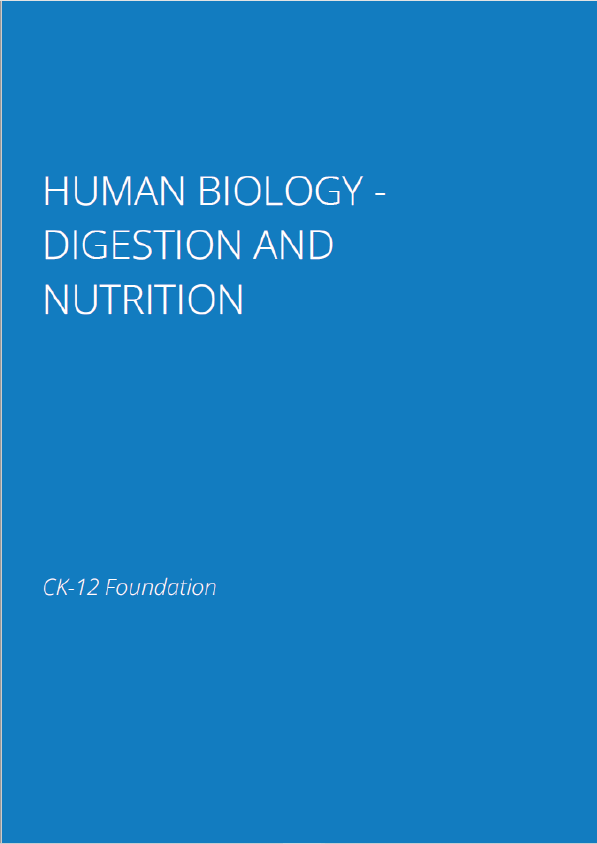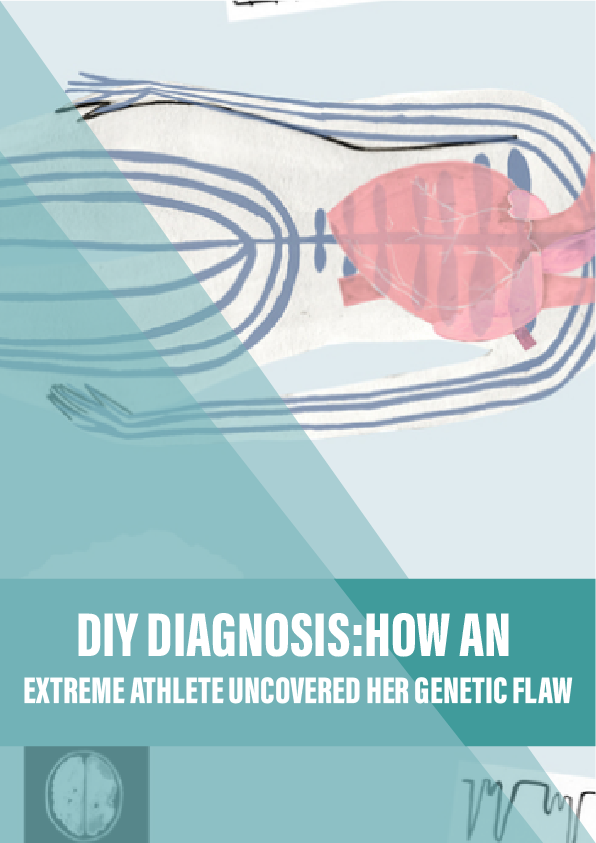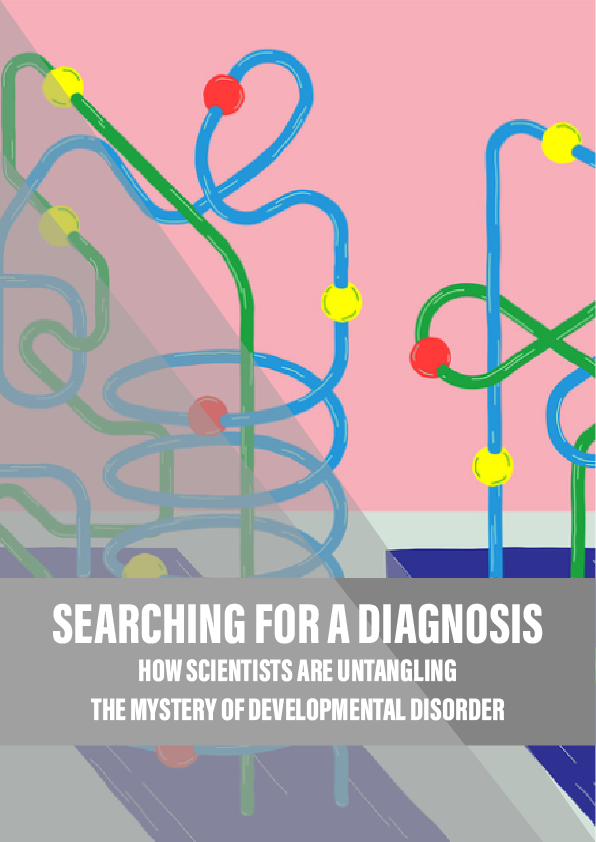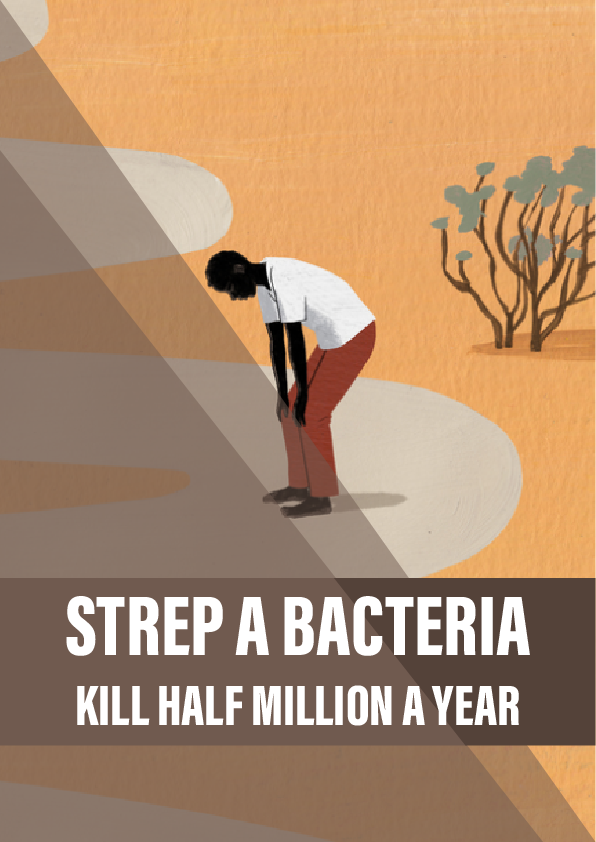Carbohydrates
Carbohydrates are food nutrients that provide energy and building blocks. The simplest carbohydrate molecules are sugars. One very important sugar is glucose, which is the common form of fuel circulating in our blood and used by our cells for energy. The atoms in the glucose molecule can be rearranged slightly to produce another important sugar called fructose. It is mostly fructose that makes fruits and honey sweet. Other sugars in our diets are molecules that result from combining glucose and fructose molecules together. A molecule of sucrose, which is common table sugar, consists of a molecule of glucose and a molecule of fructose bonded together. Two molecules of glucose bonded together make maltose, which is found in germinating seeds. Another small sugar molecule is galactose. Combining a galactose molecule and a glucose molecule produces a sugar called lactose, which is found in milk.
When many sugar molecules are connected together, they make big molecules called complex carbohydrates or starches.
Most of the bodies of plants, as well as the pages of this book, are made up of a complex carbohydrate called cellulose. Cellulose is made up of long chains of glucose molecules.
Starches are important sources of energy. Potatoes, rice, and wheat are three good examples of starch in our diet. Starches and sugars provide the body with energy, but also with building blocks that our cells can use to make other molecules.
mini activity
Word Origin of Carbohydrate Research the origin of the word carbohydrate. Also, find out what the word carbohydrate means. Then write the basic chemical structure.
Carbohydrates we eat must be broken down into simple sugar molecules before the cells lining the digestive tract can absorb them and before they can be circulated in the blood. However, the enzymes we produce in our digestive tracts cannot digest some carbohydrates in our diet. For example, we cannot digest cellulose. Indigestible carbohydrate is called fiber. It is an important part of our diet even though it does not supply energy or building blocks. Fiber keeps things moving in the digestive system. You will explore how fiber works later.
The American Heart Association recommends that you should get about 55% of your calories from carbohydrates. This does not mean, however, that you should get 55% of your calories from simple sugars in candy and junk food! Unlike foods composed of complex carbohydrates, foods rich in simple sugars usually don’t contain fiber and important nutrients such as minerals and vitamins. Therefore, most of your carbohydrate intake should be complex carbohydrates rather than simple sugars. Perhaps you have heard that carbohydrates make you fat. Carbohydrates are actually fat-free, but they do provide calories. Carbohydrates contain less than 1/2 the calories per gram that fat contains. When you take in more calories than you need, the excess is stored as fat no matter where the calories came from.











